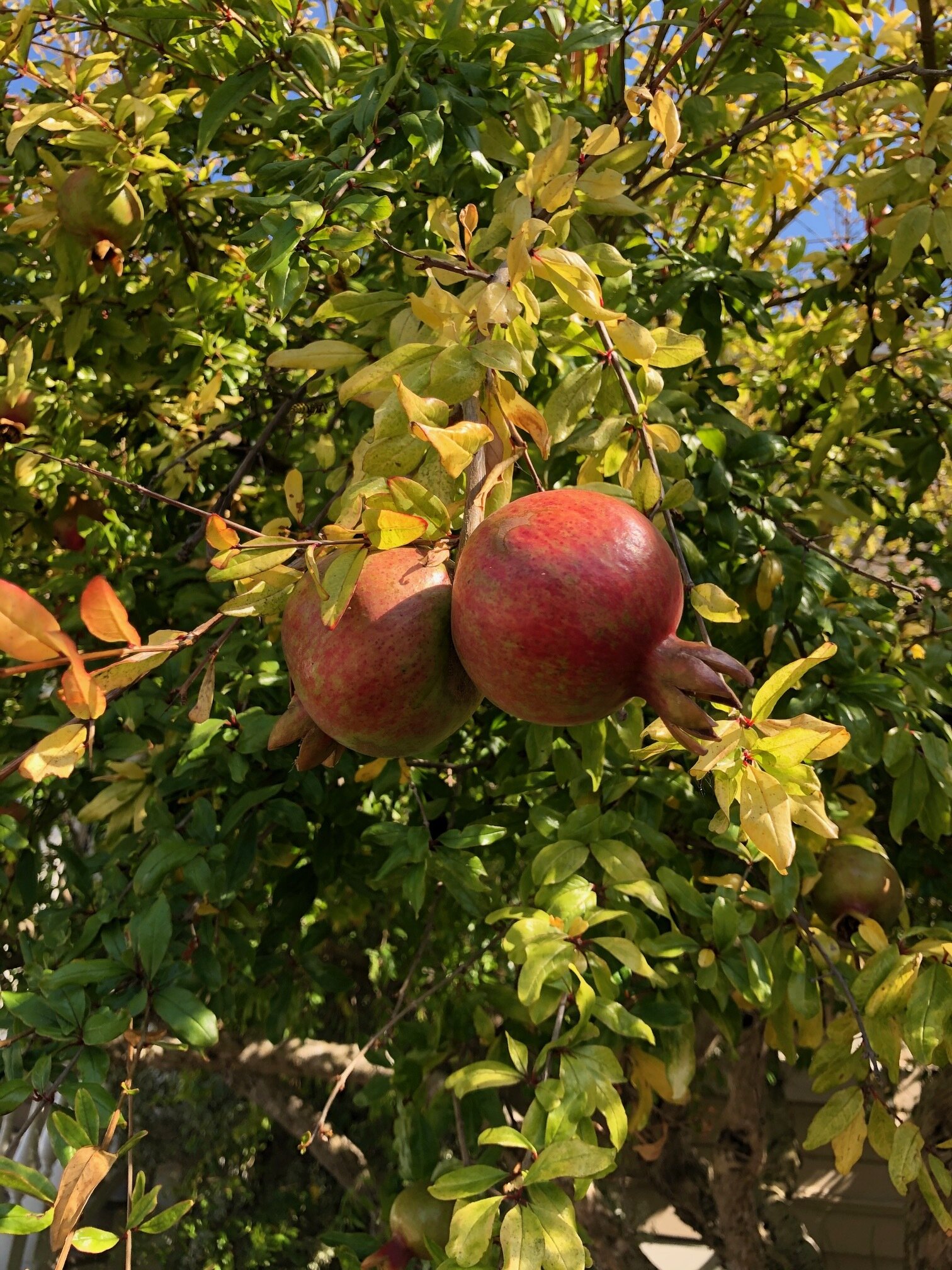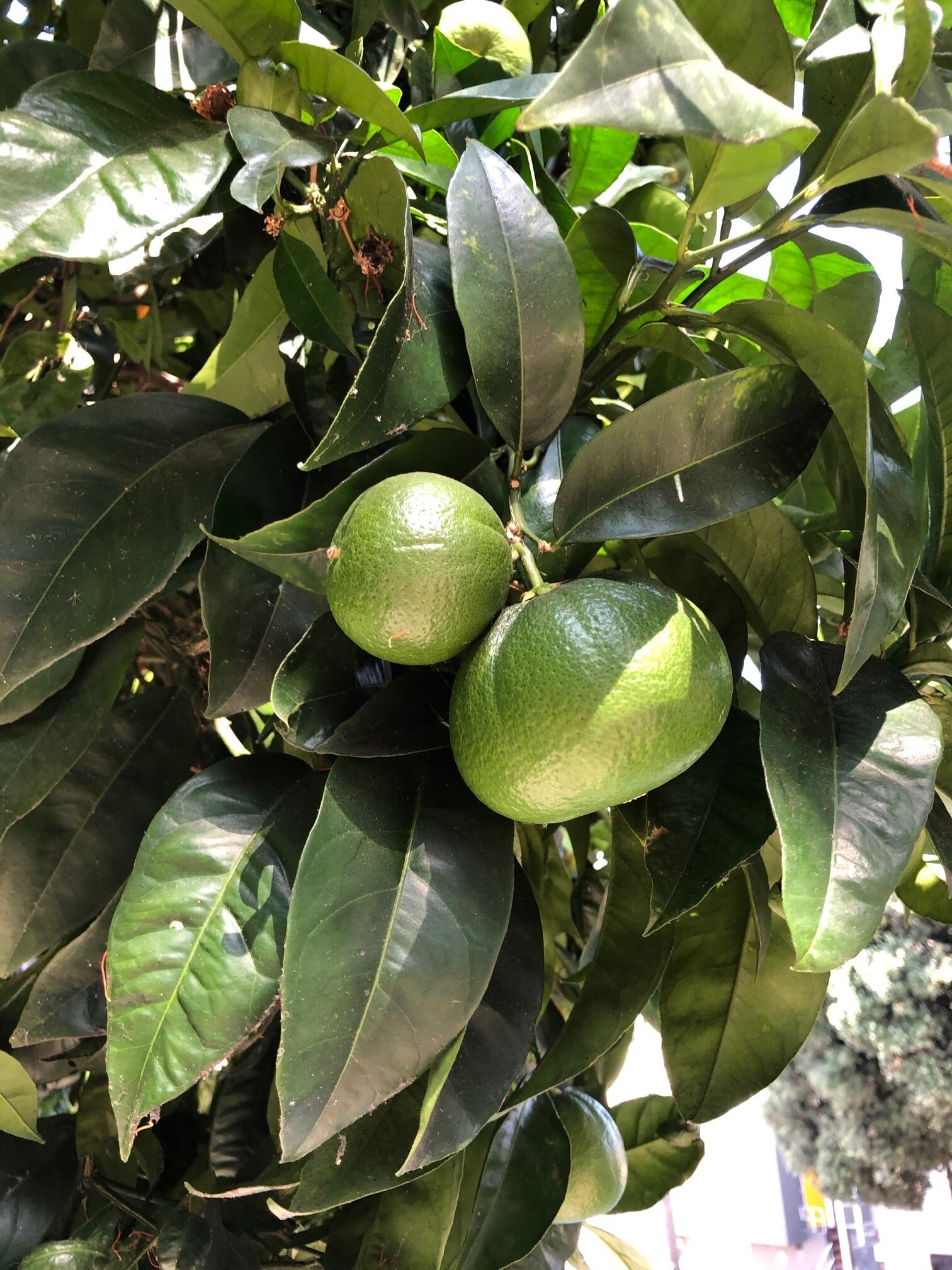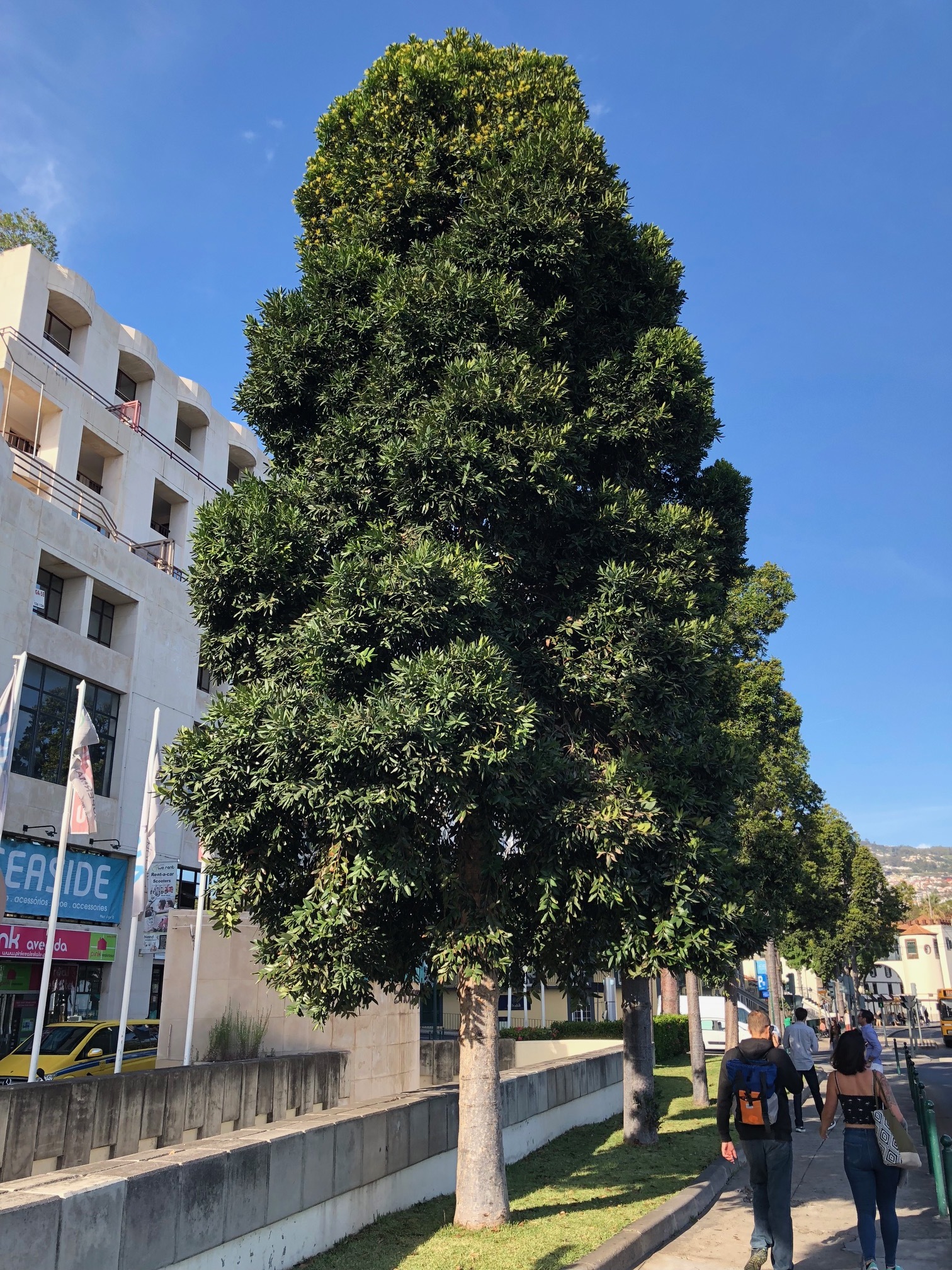In November 2016. San Francisco passed Proposition E (now referred to as “Street Tree SF”), which moved responsibility for tree sidewalk tree maintenance from homeowners to the City of San Francisco, and created a fund of approximately $20 million per year to pay for tree maintenance. Homeowners would no longer be responsible for pruning their trees, and would no longer have liability if the trees in front of their homes trees buckled sidewalks, or toppled onto neighbors’ cars or homes.
What many people didn’t realize when Street Tree SF passed, was that under the new regime, the City would also control what gets planted on City sidewalks. In the “old days”, most San Francisco street tree plantings happened through Friends of the Urban Forest. FUF guided homeowners to good choices for trees, and the City had a (short) list of prohibited trees, but the final decision was up to the homeowner. If he or she wanted a tree that was unique or unusual, or even a tree that was terrible choice for the location, he or she got what they wanted.
Under Street Tree SF, the City (actually, the Bureau of Urban Forestry of the Department of Public Works) has the final decision as to what trees get planted. FUF is continuing to do street tree plantings, and is continuing to handle most of the street tree plantings in the City, but the final decision now belongs to the City.
I will admit that I wondered if the change from homeowner-driven decisions to City control would change the mix of trees that get planted in San Francisco. If you change from a system where individual homeowners make the decision about what to plant (based on their own sometimes quirky reasons for what to put in the ground) to a system where a city department (even if it’s well-run and well-intentioned) makes the decisions, I wondered if we would end up with a lot less diversity in the mix of species that get planted.
So – I asked Friends of the Urban Forest to share data with me. I got a copy of the tree planting data from 2015 (a conventional year prior to Street Tree SF) and 2018 (the first full year after Street Tree SF, reflecting 100% City control over tree plantings). And I pored over the results, looking for any trends that might arise from the big change in who controls what gets planted in San Francisco.
Here is what I found.
A total of 1121 trees were planted in 2015, and 1481 trees in 2018. The total number of species planted actually increased from 74 species in 2015 to 75 in 2018.
The number of unique species (trees where only one or two trees were planted in a year) went down from 29 in 2015 to 22 in 2018, but the total species number stayed the same - and there were some very interesting trees that got planted in 2018 – 7 coast banksias, 5 lilly-pilly trees, and 24 gold medallion (Cassia leptophylla) trees, for example. So overall, we’re still seeing good species diversity in what is getting planted.
And the trees that were planted the most often in 2018 were trees that generally thrive in San Francisco - the #1 most planted tree was the small leaf tristania, #2 southern magnolia, #3 primrose tree, #4 brisbane box and #5 strawberry tree (Arbutus X marina). Not surprisingly, when experts make the decisions about plantings, the most commonly planted trees are good choices for our conditions and climate. (To contrast, in 2015, the top ranked trees were #1 southern magnolia, #2 small leaf tristania ,#3 strawberry tree, #4 olive and #5 peppermint willow.)
Interestingly, two trees that used to be hugely popular in San Francisco have basically dropped off the map. In the first edition of my Trees of San Francisco book in 2003, I got FUF data on the most commonly planted trees over the two decades from 1981 to 2001 – and the #1 and #2 most popular trees for those 20 yeras were the purple leaf plum and the flowering cherry. But in 2018 only 8 cherries were planted, and zero plum trees! Each tree lover will have his or her own point of view on that, but mine is that fewer plum trees is a good thing, especially if they’re replaced with species that will thrive, look good, and absorb more carbon than a plum.



















































